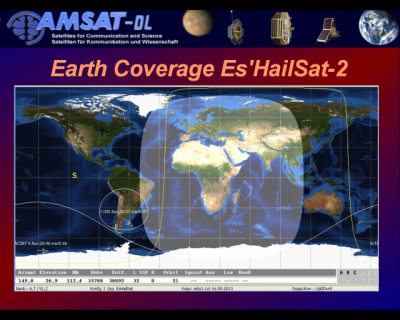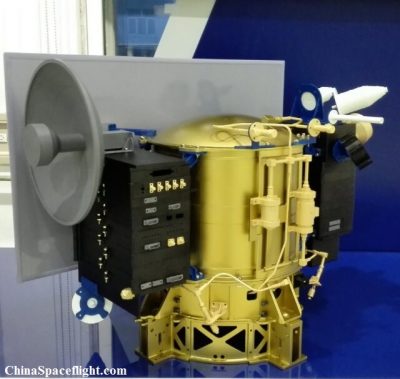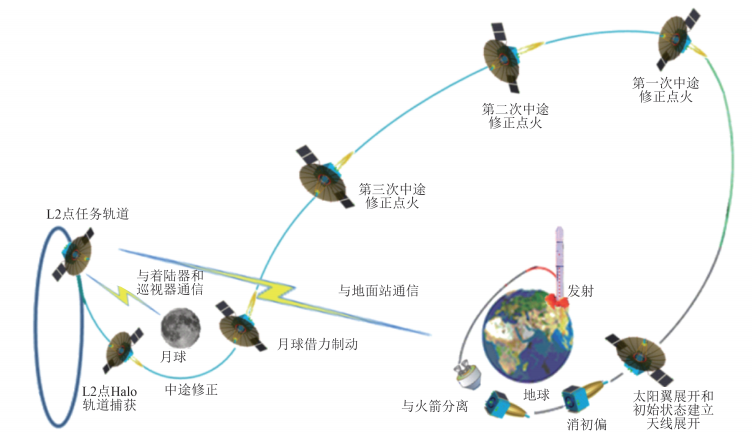Nu kan det åter igen bli aktuellt med HF-transpondrar på amatörradiosatelliter. Det är CAMSAT (China’s Amateur Radio Satellite organization) som planerar två nya satelliter varav en med HF. Det är en mycket intressant kombination av frekvenser. Läs mera nedan:
CAMSAT, China’s Amateur Radio Satellite organization, has offered
additional details about the three Amateur Radio satellites it
plans to launch later this year. Two of the satellites, designated
CAS-5A and CAS-6, will carry transponders, and one of them will
offer HF capability. CAMSAT’s Alan Kung, BA1DU, told ARRL that
the 6U CAS-5A will carry two HF transponders and two V/UHF trans-
ponders. The plentiful equipment package includes an H/T (21/29 MHz)
mode linear transponder, an H/U (21/435 MHz) mode linear transponder,
an HF CW telemetry beacon, a V/U linear transponder, a V/U FM trans-
ponder, a UHF CW telemetry beacon, and UHF AX.25 4.8k/9.6k baud GMSK
telemetry.
+ The H/T mode linear transponder will have a 30 kHz wide uplink centered
on 21.400 MHz, and a downlink centered on 29.490 MHz. RF output is 0.5 W.
+ An HF CW telemetry beacon will transmit on 29.465 MHz with 0.1 W.
+ The H/U mode linear transponder will have a 15 kHz wide uplink centered
on 21.435 MHz, and a downlink centered on 435.505 MHz. The RF output is
0.5 W.
+ The V/U mode linear transponder will have a 30 kHz wide uplink at
145.820 MHz, and a downlink at 435.540 MHz. The RF output is 0.5 W.
+ The V/U mode FM transponder will uplink at 145.925 MHz, and downlink
at 435.600 MHz. The transponder passband is 15 kHz, and the RF output
is 0.5 W.
+ The UHF CW telemetry beacon will transmit on 435.570 MHz, with an RF
output of 0.1 W.
+ UHF AX.25 4.8k/9.6k baud GMSK telemetry will transmit on 435.650 MHz
at 0.5 W.
Kung told ARRL that the HF, VHF, and UHF antennas are quarter-wave
monopoles.
A satellite within a satellite, the tiny CAS-5B, weighing 0.5 kilogram,
will be deployed from CAS-5A in orbit. It will carry a UHF CW beacon on
an Amateur Radio frequency. Both CAS-5A and CAS-5B will be placed into
539 × 533 kilometer, 97.5° orbits. They will launch from the Jiuquan
Satellite Launch Center in late September.
The 50-kilogram CAS-6 microsat will include a VHF CW telemetry beacon,
a U/V mode 20 kHz linear Amateur Radio transponder, and AX.25 4.8k baud
GMSK telemetry. It will also carry an atmospheric wind detector and
other systems that will operate on non-amateur frequencies.
A launch at sea on an as-yet undetermined date is planned for CAS-6
from the China Academy of Launch Vehicle Technology. The microsat will
be placed into a 579 × 579 kilometer, 45° orbit.
[ANS thanks ARRL for the above information]





